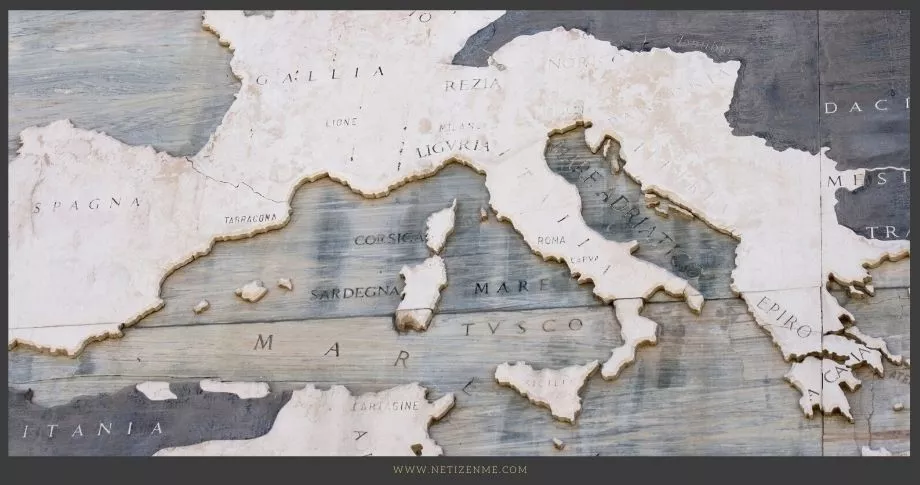Roman Provinces
A Roman province was a piece of land that was governed by Rome and the Empire was divided into many provinces. Each province was ruled by a governor who was responsible for keeping the peace and maintaining order. The governors had a great deal of power and were often corrupt. The people of the provinces were taxed heavily to support the empire. They also had to provide soldiers to fight in the empire’s wars.
In the territorial subdivisions of the Roman Empire, provinces were an essential part of Rome’s economy. According to the Time maps (n.d), “Tax farming, military contracting, slave trading, mining operations, grain importing and the trade-in war booty all provided lucrative work for those with the right contacts in Rome and the provinces.”
What were the territorial expansion of the Roman Empire?
The Roman Empire was constantly expanding its territory. By 300 AD, the empire had reached its largest size, extending from Britain to North Africa and from Spain to the Middle East. The empire continued to grow even larger over the next few centuries. By the time it fell in 476 AD, the Roman Empire was the largest empire that had ever existed.
The Roman Empire was at its biggest during the reign of Trajan. At its peak, the empire included more than 5 million square kilometers of land. This made it one of the largest empires in world history.
What major territories were controlled by Rome?
The Roman Empire reached its peak in the 2nd century AD, at which point it controlled the largest amount of territory of any empire in history. At its peak, it controlled a territory that extended from Britain to North Africa and from Spain to the Middle East. It was a truly massive empire that exerted a huge amount of influence over the entire Mediterranean region.
Which were the subdivisions of Roman Empire?
The Roman Empire was divided into several provinces, each of which was ruled by a governor. The largest and most important province was Italy, which was divided into eight regions. The most important provinces were those in which Rome had a direct interest, such as Gaul (France), Britannia (Britain), and Hispania (Spain). Other provinces were less important and were allowed to govern themselves to a certain extent. Each of these provinces was further divided into smaller units called civitates. Britannia, for example, was divided into Britannia Prima, Britannia Secunda, and Britannia Tertia.
How did the Romans benefit from their provinces?
To begin with, most of the provinces provided men for the Roman military. They also provided farm products produced by peasant farmers and some slave-run estates. Rome also benefited a lot from mines in the regions, making gold, silver, iron, and other resources.
How did taxes help the Roman Empire?
Tax income was a vital part of the Roman economy. Each province was subjected to pay direct or indirect taxes, in cash or other forms. Italy was an exception. Custom tax on exports and imports known as Pretoria from provinces was a significant income source for the economy. According to Wikipedia, which cites McLaughlin (2014), “the total figure for state revenues up to 420 million included 40 million from newly conquered Egypt, 40 million from Gaul, and 340 million from all other provinces.”
In addition, trading in grain, wine, and other commodities between provinces and other parts of the world was an important reason Rome thrived economically. During the time of Octavian, new trading markets opened up overseas, such as Africa and Britain, allowing Rome to expand its foreign trade.
Indeed, tax revenue from provinces was an integral part of the general Roman economy.
- Should We View the Western Roman Empire as a Success or a Failure?

- The Hellenization of the Roman Aristocracy

- The Negative Effects of The Roman Conquests

This article is written by:
Our professional writers and editors are passionate about sharing high-quality information and insights with our audience. We conduct diligent research, maintain fact-checking protocols, and prioritize accuracy and integrity to the best of our capacity.
You can cite our articles under the author name "Netizenme"








